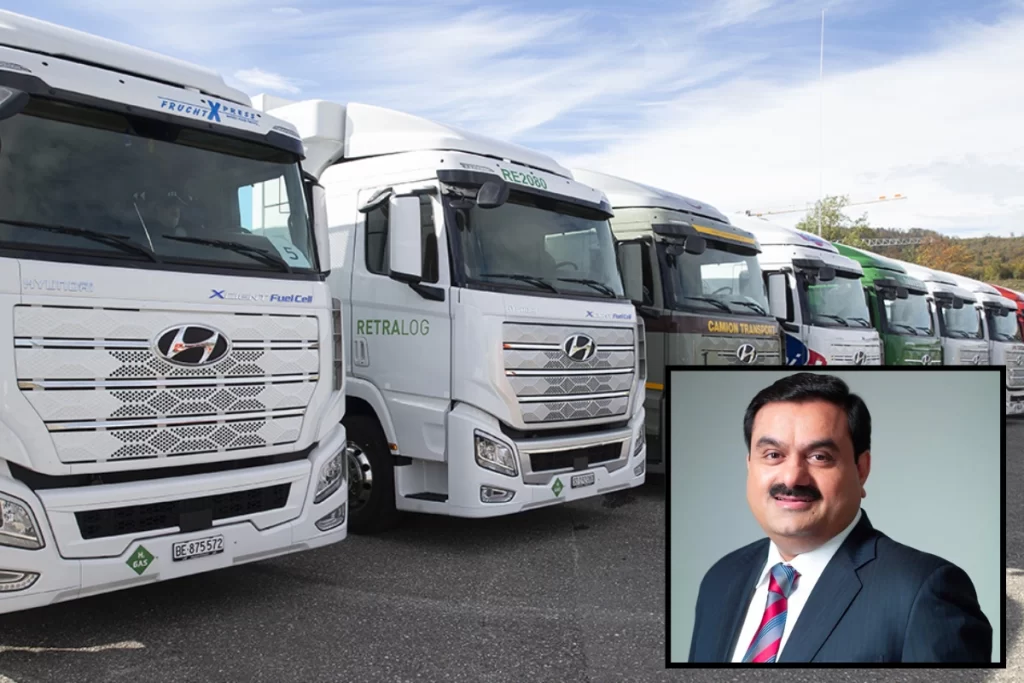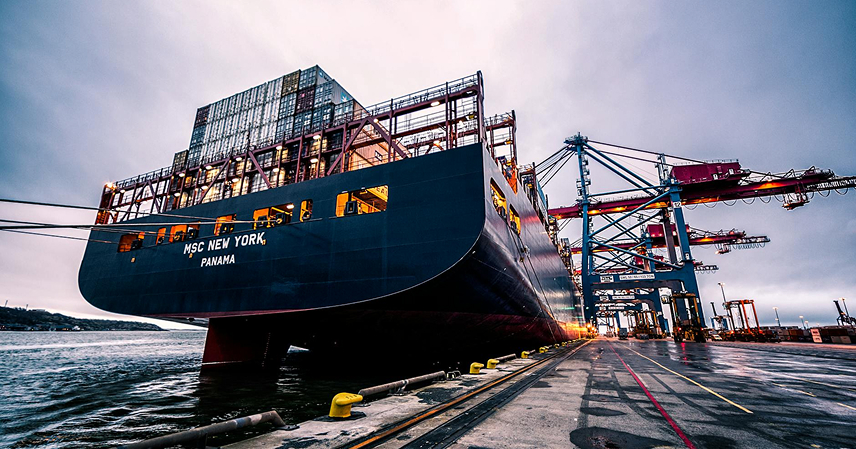Introduction
In a landmark move for India’s green energy transition, Adani Green Energy has unveiled the country’s first hydrogen-powered truck, boasting a 40-tonne payload capacity and an impressive 200 km range per fill. Launched in January 2025, this zero-emission heavy-duty vehicle marks a significant step toward decarbonizing India’s logistics sector and reducing dependence on fossil fuels.
Key Features of India’s First Hydrogen Truck
- Fuel Cell Technology: Powered by green hydrogen, the truck emits only water vapor, making it a carbon-neutral transport solution.
- Performance Metrics:
- 200 km range on a single hydrogen fill
- 40-tonne load capacity, comparable to diesel trucks
- Refueling time under 15 minutes, addressing efficiency concerns
- Manufacturing & Collaboration: Developed in partnership with global fuel cell and automotive experts, though Adani has not yet disclosed specific technical partners.
Why This Launch Matters for India?
- Supports Net-Zero Goals: Aligns with India’s 2070 carbon-neutrality pledge and National Green Hydrogen Mission.
- Reduces Diesel Dependence: Heavy transport contributes 12% of India’s CO₂ emissions; hydrogen trucks could slash this.
- Economic Potential: Positions India as a player in the global green hydrogen market, projected to hit $130B by 2030.
Challenges Ahead
- Infrastructure Gaps: India currently has only 5 hydrogen refueling stations (vs. 80,000+ petrol pumps).
- Cost Barriers: Green hydrogen remains 2–3x more expensive than diesel per km.
- Scalability: Adani plans a pilot fleet of 50 trucks by 2026—success hinges on policy support and private investment.
Industry & Government Reactions
- PM Modi’s Praise: Called it a “transformational leap” for Aatmanirbhar Bharat in clean energy.
- Competitors’ Response: Reliance and Tata Motors are accelerating their hydrogen vehicle roadmaps.
- Global Context: Follows similar initiatives in the EU (Daimler) and China (Sinotruk), but India’s focus on heavy freight is unique.
What’s Next?
- Phase-1 Trials: Adani will test the trucks on Delhi-Mumbai industrial routes in 2025.
- Policy Push: Expect subsidies under the Green Hydrogen Policy to lower operational costs.
- Export Ambitions: If successful, Adani may target Southeast Asian and African markets.
Conclusion
Adani’s hydrogen truck debut is a watershed moment for India’s sustainable mobility ambitions. While hurdles like cost and infrastructure persist, this innovation could redefine freight transport, marrying environmental responsibility with industrial growth.



